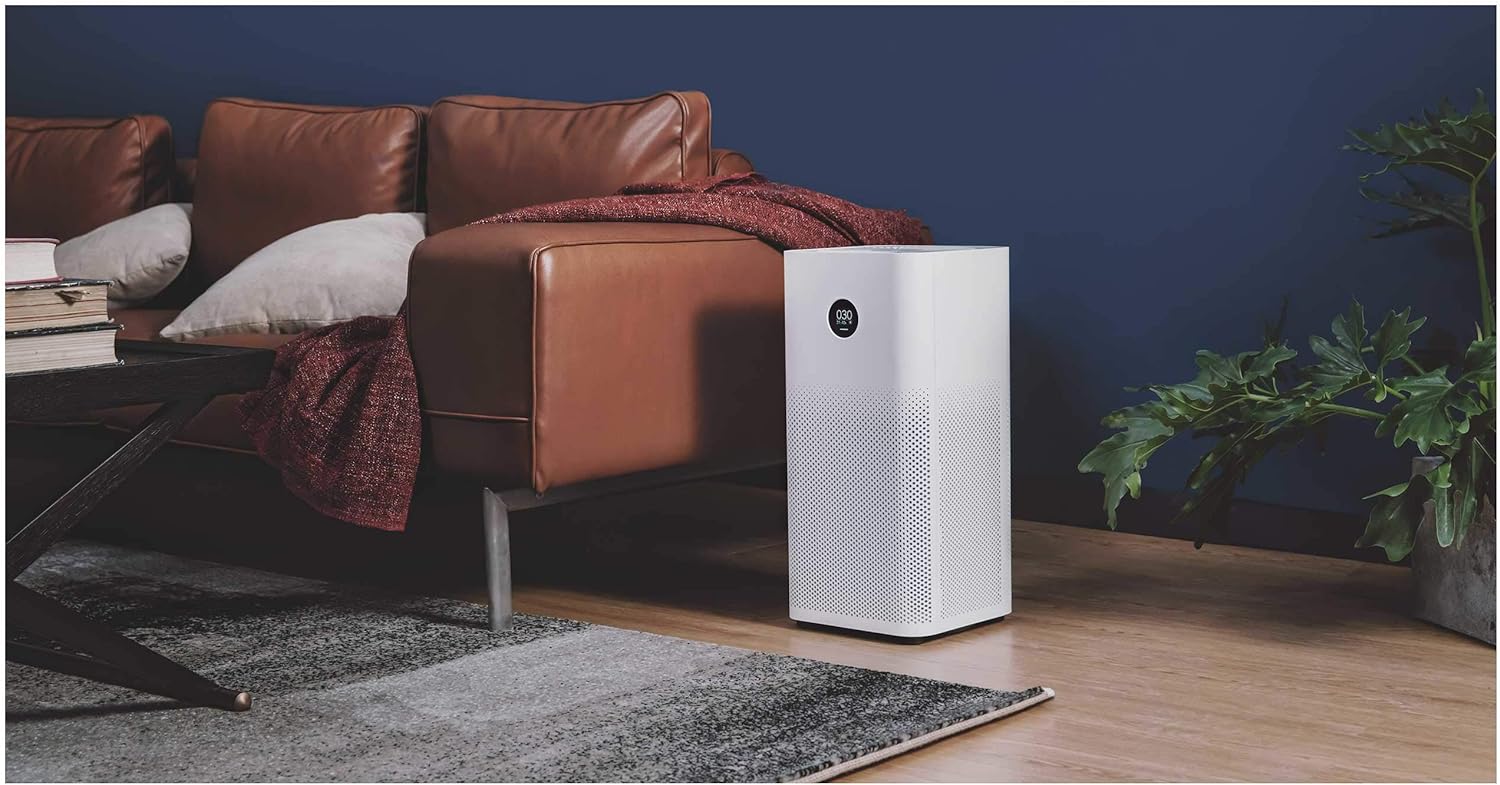Electric heaters are an efficient method of heating a home, converting electricity directly into heat energy with almost 100% efficiency. They are also inexpensive to operate, compared to gas furnaces.
Look for a model with a timer feature to help you avoid continuously switching the heater on and off. Also, choose a model with a long power cord so you can keep the heater away from drapes and soft furnishings.
Heater Element
The heater element is the linchpin of your electric water heater, and it converts electrical energy into heat energy in the unit. It’s essentially a coil made of special metal that generates heat when electricity flows through it. The insulated core retains the heat, while an encasing sheath helps conduct heat to surrounding coils and materials.
If you’re looking for a replacement for your existing electric heater element, it’s important to know that there are many different types of elements available. Determine the temperature you’re using the heater to reach, as well as your power supply voltage rating.
You also want to consider whether you need a NTC or PTC type of heater, which differ in their resistance characteristics. NTC types are characterized by their decrease in resistance as the heater is warmed, while PTC heaters are self regulating. This means they can maintain a set wattage of output for a given voltage. It’s also worth noting that some types of heating elements are not compatible with corrosive chemicals.
Thermostat
The thermostat controls the heating element. It works on the principle of joule’s law. When an electric current passes through resistors inside the thermostat, they heat up and dissipate their energy as heat. As the resistors get warmer, they start generating more and more heat. This causes a bridge to form across the electrical circuit that connects the heater and thermostat. When the bridge is “down,” electricity flows through it and turns on the heater.
Thermostats have two wire leads labeled “Line” that attach to the insulated circuit wires entering the thermostat’s electrical box from the breaker panel and two wires labeled “Load” that carry power onward to the heater. Strip about 3/4 inch of insulation from each insulated wire lead before connecting them to their respective terminals on the thermostat. Then, fold the wires into the thermostat’s electrical box and reposition its cover. It is a good idea to mount the thermostat in an area that is out of the way of drafty areas, heater vents, windows or doors.
Wires
Electric heaters work through a process of Joule heating: electric current running through the wire encounters resistance which produces heat. This is independent of the direction of current.
The core of an electric heater is a piece of resistance wire (normally nickel-chromium alloy – Ni80Cr20). The strands are often twisted together to increase flexibility. To realize the required heating effect, it is necessary to connect the strands with appropriate connections.
Nichrome wire is commonly used as a resistance wire in electric heaters because of its high conductivity, excellent ductility and good resistance to corrosion and oxidation even at high temperatures.
It is important to always operate the heaters at their rated voltage. Wrong voltage input will change the actual power and may lead to heater failure or safety problems. Please read the operating manual carefully to make sure the heaters are operated with their rated voltage. Besides converting the Alternating Current to Direct Current, the heater lines should also be filtered and isolated from line noise (and radio frequency noise). Wires at a right-angle to the heater wire are less sensitive to hum.
Safety
It’s important to take safety measures when using an electric heater. Always keep them away from anything flammable like drapes, blankets and paper. They also should be kept 3 feet or more away from things that can be bumped into or kicked over such as beds, furniture and rugs. Heaters should be turned off when you’re leaving a room and never left unattended.
Look for smart heaters that have a sensor that shuts them off when they overheat, and ones with tip-over switches that shut off the heater if it’s knocked over. They should also come with a long power cord so that you can move them around the room safely.
If you’re interested in purchasing an electric space heater for your business, contact PCS today. We’re available to help you find the right Watlow product for your needs and train you and your employees on proper safety protocols. We can also perform furnace maintenance for you and your staff so that your facility stays running at peak performance.
